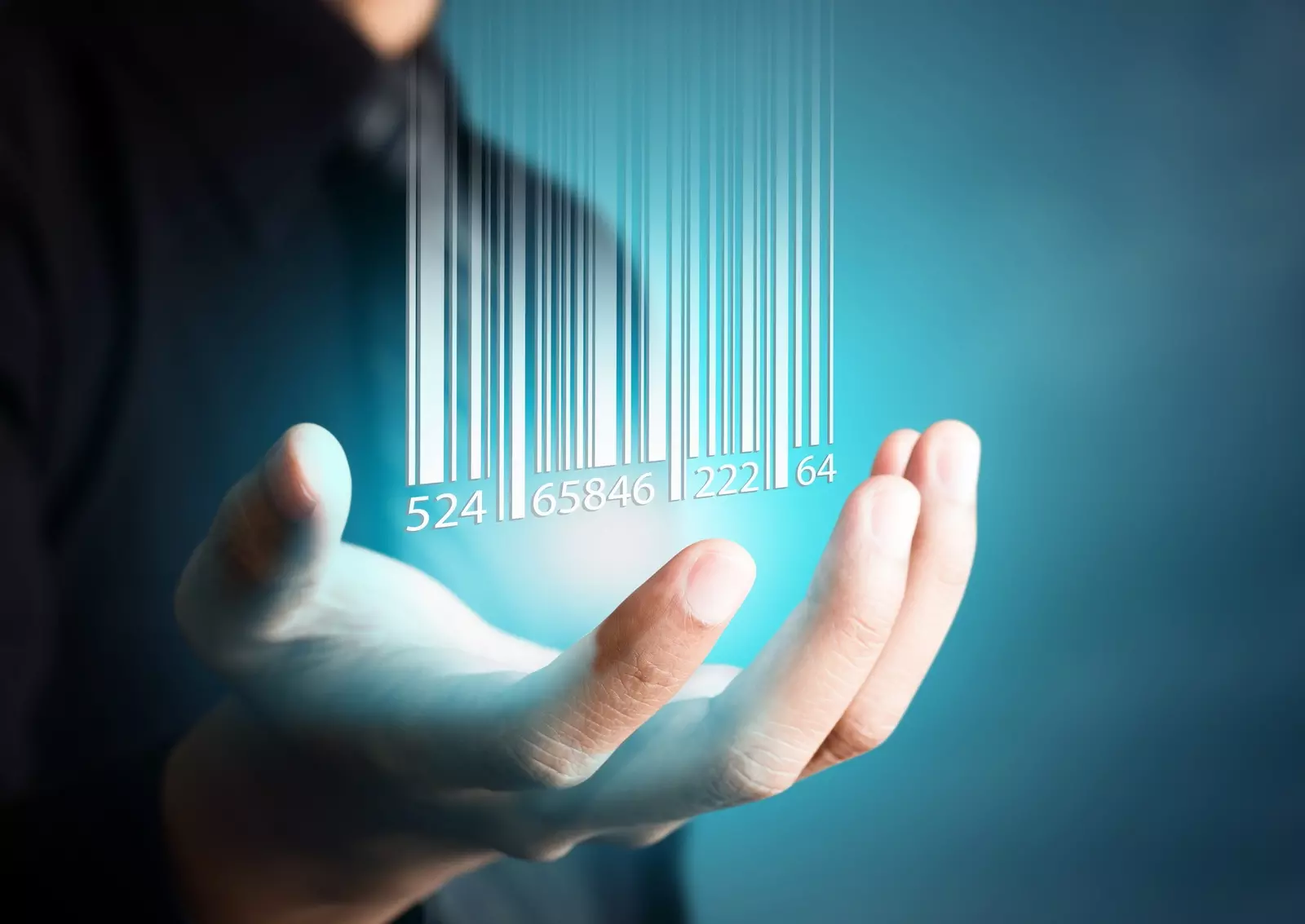When I bought my first digital camera, I also picked up a few CompactFlash cards to go with it. They were 10 MB each which seemed acceptable at the time. Especially when you consider that when CompactFlash was first being standardised, a full-sized hard disk was rarely larger than 4 GB in capacity. That doesn’t seem so long ago, yet we now buy SD cards that are less than half the physical size and come with a capacity of 1 TB!
These kind of constraints on data storage are a thing of the past now, allowing us to collect whatever data is needed to help us operate in more intelligent ways.
Collecting is not enough of course; data must have meaning to enable better, easier planning and decisions. Data must be mined and refined in order to get to the value.
In the retail world, getting it right the first time is critical in elevating customer experience, basket size and repeat business. Therefore, collecting the right data to enable forecasting and drive better staffing decisions.

Key metrics for retail
At a basic level, all retail organisations should be collecting data via their Point of Sale (POS) tool, which provides raw data on items scanned and purchased. This data can easily be ‘refined’ into some key metrics:
- Transactions per day/hour
- Average transaction value/basket size
- Total sales per day
- Sales per square foot
Combined with various other data points, we can establish cost of sale, margins and profitability across departments and products.
We refine and add value to this data by incorporating large amounts of historical data and using that to detect trends and outlying data so that our forecasting and planning becomes more and more accurate. This gives us insight into things such as:
- Future busy/quiet days
- Busy/quiet times during various day types
- How marketing or events will impact busy/quiet times
This ultimately drives our employee scheduling decisions.
The real gold is in traffic data
Traffic data gives a real edge over standard POS data, and traffic tracking solutions have evolved in recent years to provide us with better, less obtrusive solutions at much lower costs than in the past.
With access to traffic data, we’re able to add a new level of value and intelligence in retail environments through conversion rates and sales per shopper data.
This data shows us how many customers are coming through our doors and interacting with us, versus walking out empty-handed.
What does this actually indicate, though?
Did you know that conversion rate is directly related to the likelihood of customers returning to a store?
A study into conversion in retail found that lower conversion rates result in lower rates of return and vice versa for higher conversion.
So, if retailers want customers to return, understanding conversion rates is a great place to start, allowing for a clear view on where issues are occurring that could be addressed to improve conversion rates, basket size and customer experience.
Use trend data to identify your optimal staff : customer ratio and increase conversion rates.
A time interval where we see increased foot traffic, but reduced conversion can indicate a customer service problem.
Using your traffic data to help plan employee scheduling could significantly improve both customer service and conversion rates.
The other side of the coin here is reduced overstaffing and administrative costs.
Additional questions we can ask with traffic data might be:
- Differences in conversion data between departments/stores/employees
- What can we learn from the areas with good conversion?
- How do changes (window display, marketing, etc.) impact traffic and conversion?
- How does the weather impact traffic?
Tip of the iceberg of data analysis
Using data effectively, we can drive better staffing and improve both customer experience and employee experience; keeping customers happy and coming back, while ensuring staff are not overworked but are utilised effectively across every day.
For the business, better staffing means improved basket size, return customers, lower staff turnover and less overtime and wasted schedule hours.
The technology is available to you now. Talk to us about Kwenta and how to access the value from your traffic data for better, more intelligent decision making.
The content from this blog is courtesy of Amanda Simms, Founder & CEO of Simms & Associates, a UKG (Ultimate Kronos Group) Technology Partner. Maximize the ROI of your UKG Workforce Management Investment.



